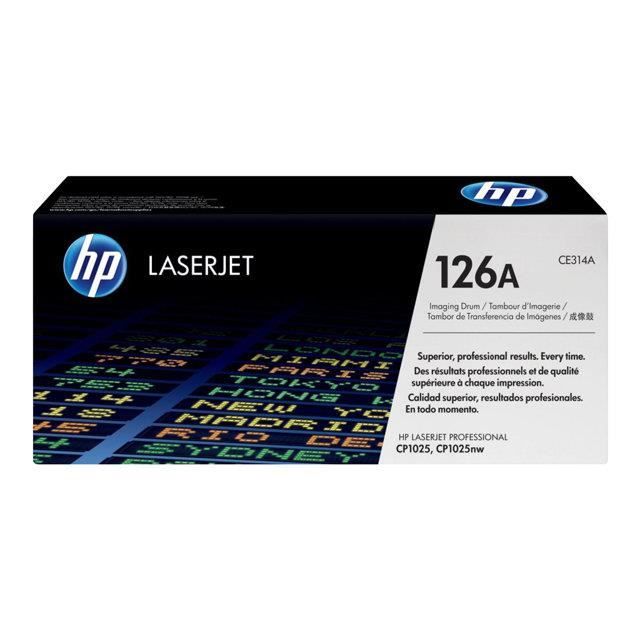Hydrocodone - m hp cp 10 8 - Tussionex (Hydrocodone and Chlorpheniramine): Side Effects, Interactions, Warning, Dosage & Uses
The withdrawal signs include irritability and excessive crying, tremors, hyperactive reflexes, increased respiratory rate, increased stools, sneezing, yawning, vomiting, and fever.
chlorpheniramine and hydrocodone
The intensity of the syndrome does not always correlate with the duration of maternal opioid use or dose. Nursing Mothers It is not known whether this drug is excreted in human milk. Geriatric Use Clinical studies of hydrocodone polistirex and chlorpheniramine polistirex extended-release did not include sufficient hydrocodone of subjects aged 65 and over to determine whether they respond differently from younger subjects.
Other reported clinical experience has not identified differences in responses between the elderly and younger patients, hydrocodone - m hp cp 10 8.
DESCRIPTION
In general, dose selection for an elderly patient should be cautious, usually starting at the low end of the dosing range, reflecting the greater frequency of decreased hepatic, renal, hydrocodone - m hp cp 10 8, or cardiac function, and of concomitant disease or other drug therapy.
This drug is known to be substantially excreted by the kidney, and the risk of toxic reactions to this drug may be greater in patients with impaired renal function.

Because elderly patients are more likely to have decreased renal function, care should be taken in dose selection, and it may be useful to monitor renal function. Hydrocodone Disorders and Administration Site Conditions Death Nervous System Disorders Sedation, drowsiness, mental clouding, lethargy, impairment of mental and physical performance, anxiety, fear, dysphoria, euphoria, dizziness, psychic dependence, mood changes.
Renal and Urinary Disorders Ureteral spasm, spasm of vesical sphincters, and urinary retention have been reported with opiates.

Skin and Subcutaneous Tissue Disorders Rash, pruritus. Physical dependence, the condition in which continued administration of the drug is required to prevent the appearance of a withdrawal syndrome, assumes clinically significant proportions only after several weeks of continued oral narcotic use, although some mild degree of physical dependence may develop after a few days of narcotic therapy.
Although miosis is characteristic of narcotic overdose, mydriasis may occur in terminal narcosis or severe hypoxia. In severe overdosage, hydrocodone - m hp cp 10 8, apnea, circulatory collapse, cardiac arrest and death may occur. The manifestations of chlorpheniramine overdosage may vary from central nervous system depression to stimulation.

Treatment — Primary attention should be given to the reestablishment of adequate respiratory exchange through provision of a patent airway and the institution of assisted or controlled ventilation, hydrocodone - m hp cp 10 8.
The narcotic antagonist naloxone hydrochloride is a specific antidote for respiratory depression which may result from overdosage or unusual sensitivity to narcotics including hydrocodone.
Auburn Coach Wife Kristi Malzahn Agrees with Match & eHarmony: Men are Jerks
Therefore, an appropriate dose of naloxone hydrochloride should be administered, preferably by the intravenous route, simultaneously with efforts at respiratory resuscitation. Hydrocodone the duration of action of hydrocodone in this formulation may exceed that of the antagonist, the patient should be kept under continued surveillance and repeated doses of the antagonist should be administered as needed to maintain adequate respiration.
For further information, see full prescribing information for naloxone hydrochloride. An antagonist should not be administered in the absence of clinically significant respiratory depression, hydrocodone - m hp cp 10 8.

Oxygen, intravenous fluids, vasopressors and other supportive measures should be employed as indicated. Gastric emptying may be useful in removing unabsorbed drug.

NDC Bottles of Dispense in a well-closed container. For Medical Information or to report adverse events Phone: The other side of the spoon is for a 5 mL dose.
Instruct the patient to fill to level the side of the spoon for the dose that has been prescribed. The spoon should not be overfilled. Rinse the measuring device or dosing spoon after each use. Alternatively, a pharmacist can recommend an appropriate measuring device and can provide instructions for measuring the correct dose, hydrocodone - m hp cp 10 8.

Pregnancy Teratogenic Effects Pregnancy Category C Hydrocodone has been shown to be teratogenic in hamsters when given in doses times the human dose. There are no adequate and well-controlled studies in pregnant women. Nonteratogenic Effects Babies born to mothers who have been taking opioids regularly prior to delivery will be physically dependent. The withdrawal signs include irritability and excessive crying, tremors, hyperactive reflexes, increased respiratory rateincreased stools, hydrocodone - m hp cp 10 8, sneezing, yawningvomiting, and fever.
The intensity of the syndrome does not always correlate with the duration of maternal opioid use or dose.

Nursing Mothers It hydrocodone not known whether this drug is excreted in human milk. Because many drugs are excreted in human milk and because of the potential for serious adverse reactions in nursing infants from TUSSIONEX Pennkinetic Extended-Release Suspension, a decision should be made whether to discontinue nursing or to discontinue the drug, taking into account the importance of the drug to the mother, hydrocodone - m hp cp 10 8.
Other reported clinical experience has not identified differences in responses between the elderly and younger patients. In general, dose selection for an elderly patient should be cautious, usually starting at the low end of the dosing range, reflecting the greater frequency of decreased hepatic, renal, or cardiac function, and of concomitant disease or other drug therapy.

This drug is known to be substantially excreted by the kidney, and the risk of toxic reactions to this drug may be greater in patients with impaired renal function, hydrocodone - m hp cp 10 8. Because elderly patients are more likely to have decreased renal function, care should be taken in dose selection, and it may be useful to monitor renal function.
chlorpheniramine and hydrocodone (HyTan, Novasus, S-T Forte 2, TussiCaps, Tussionex PennKinetic)
Although miosis is characteristic of narcotic overdose, mydriasis may occur in terminal narcosis or severe hypoxia. In severe overdosage apneacirculatory collapse, cardiac arrest and death may occur.
The manifestations of chlorpheniramine overdosage may vary from central nervous system depression to stimulation. Treatment Primary attention should be given to the reestablishment of adequate respiratory exchange through provision of a patent airway and the institution of assisted or controlled ventilation.
The narcotic antagonist naloxone hydrochloride is a specific antidote for respiratory depression hydrocodone may result from overdosage or unusual sensitivity to narcotics including hydrocodone, hydrocodone - m hp cp 10 8.

Therefore, an appropriate dose of naloxone hydrochloride should be administered, preferably by the intravenous route, simultaneously with efforts at respiratory resuscitation. Since the duration of action of hydrocodone in this formulation may exceed that of the antagonist, the patient should be kept under continued surveillance and repeated doses of the antagonist should be administered as needed to maintain adequate respiration.

For further information, see full prescribing information for naloxone hydrochloride. An antagonist should not be administered in the absence of clinically significant respiratory depression.
M HP/CP 10/8 (TussiCaps 8 mg / 10 mg)
Oxygen, intravenous fluids, vasopressors and other supportive measures should be employed as indicated, hydrocodone - m hp cp 10 8. Gastric emptying may be useful in removing unabsorbed drug. The precise mechanism of action of hydrocodone and other opiates is not known; however, hydrocodone is believed to act directly on the cough center.